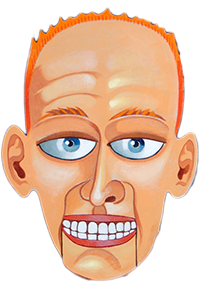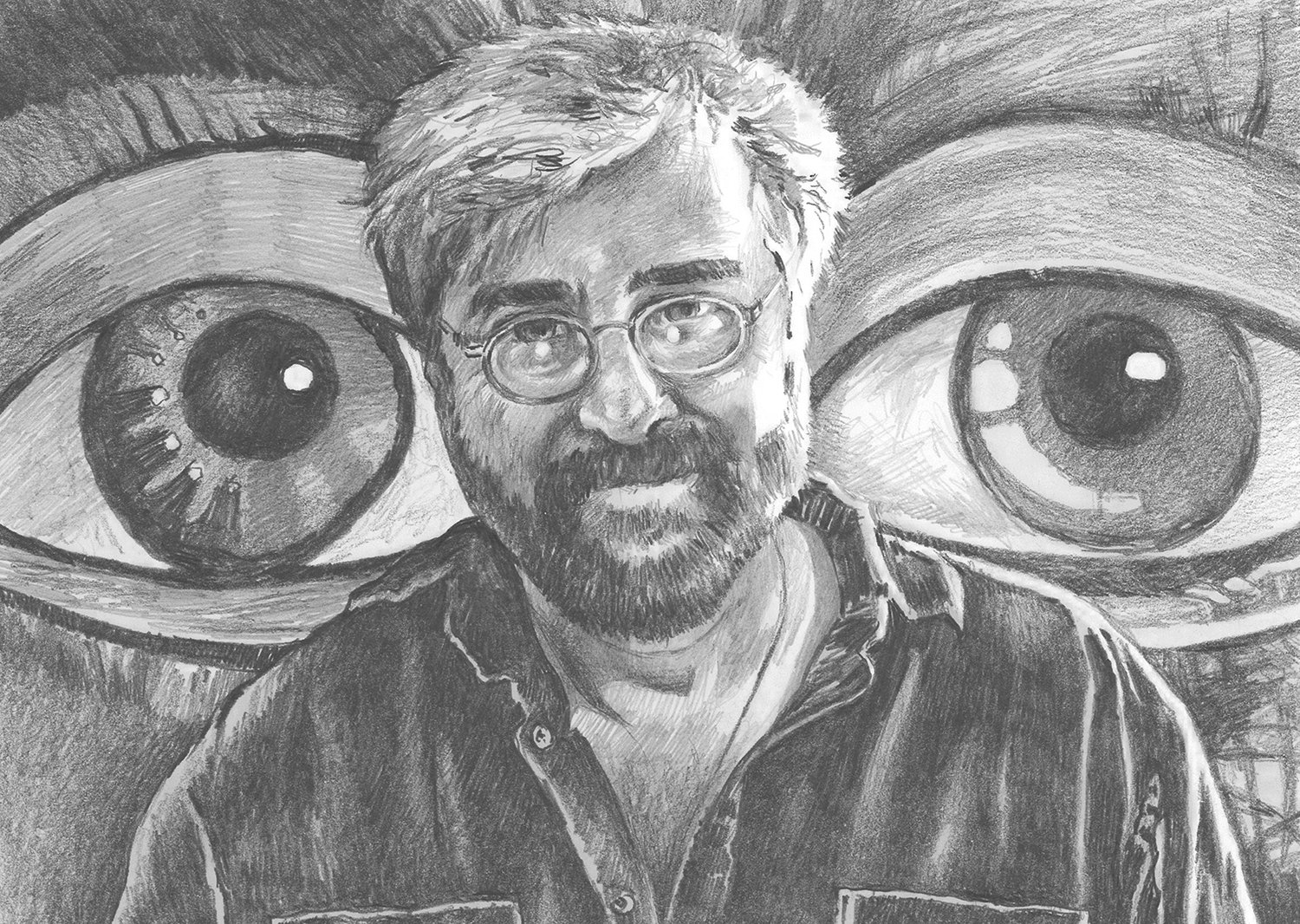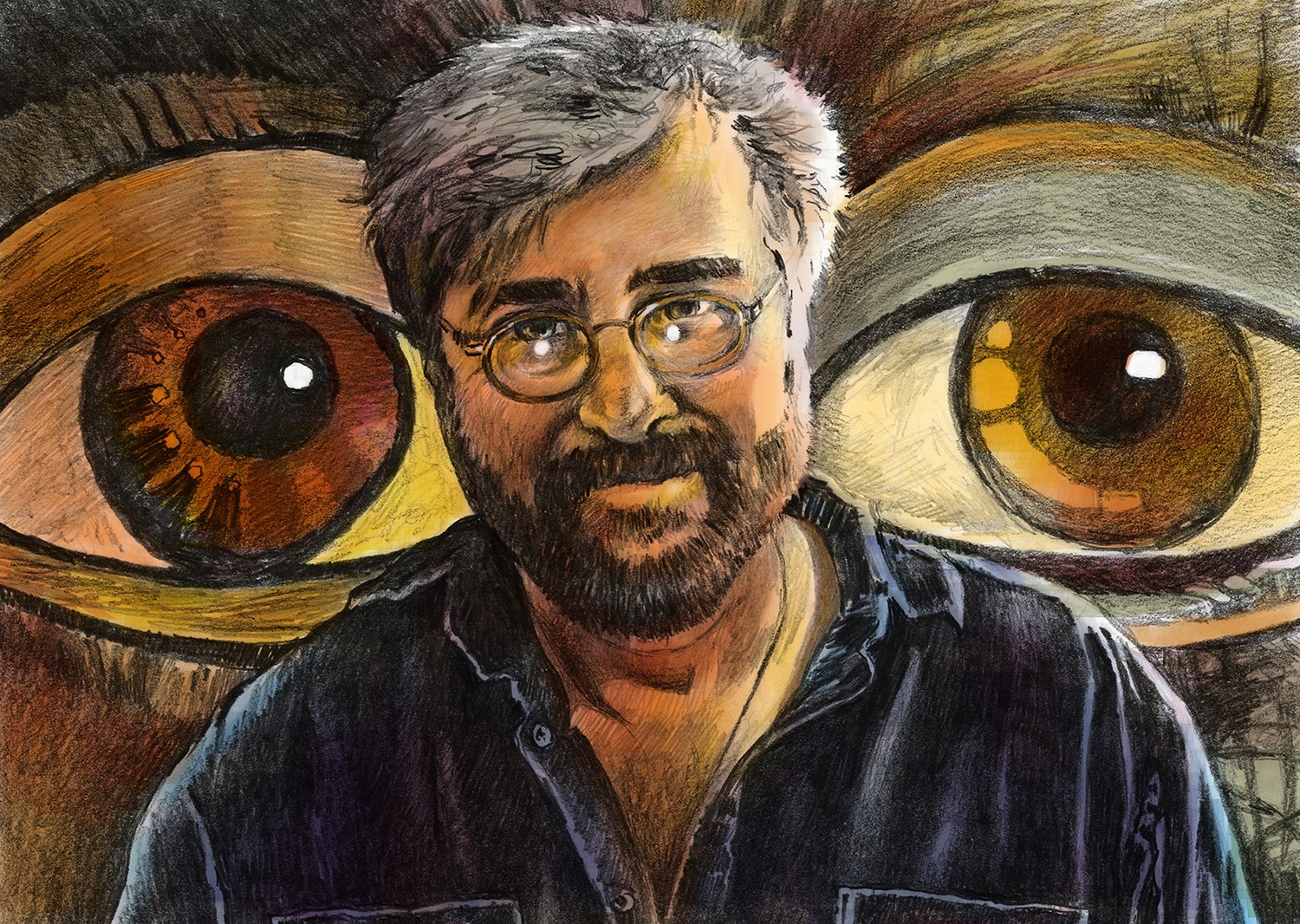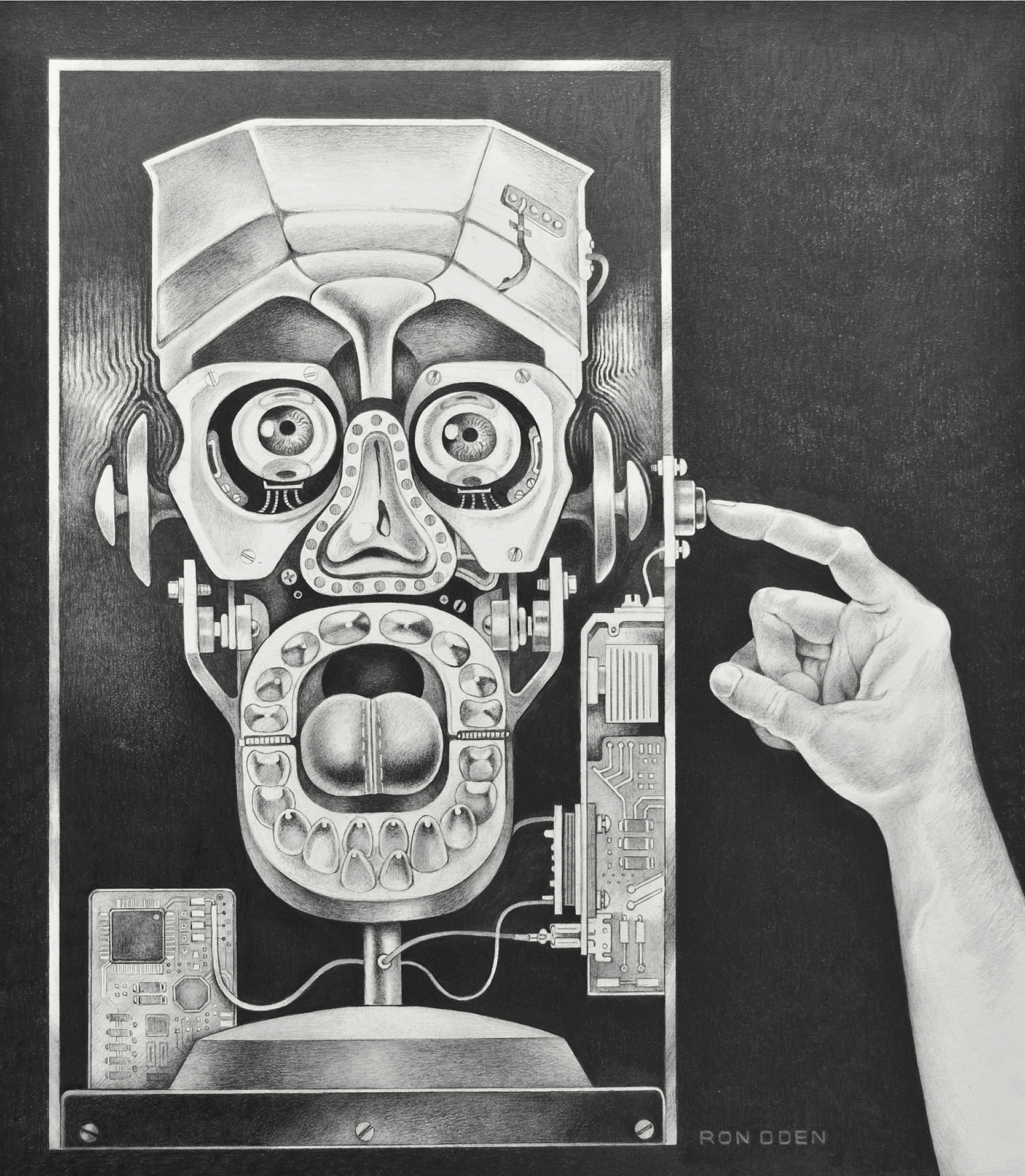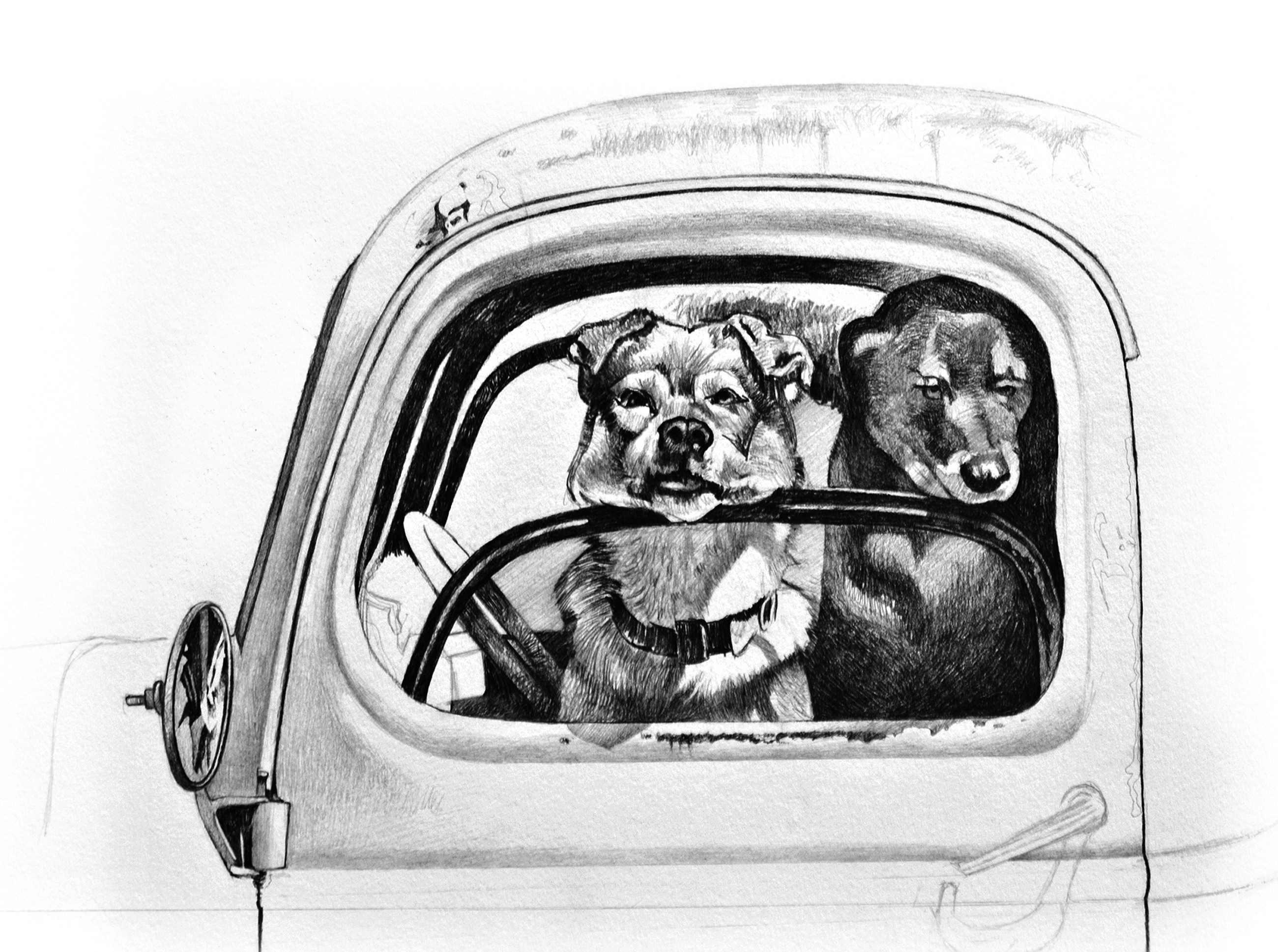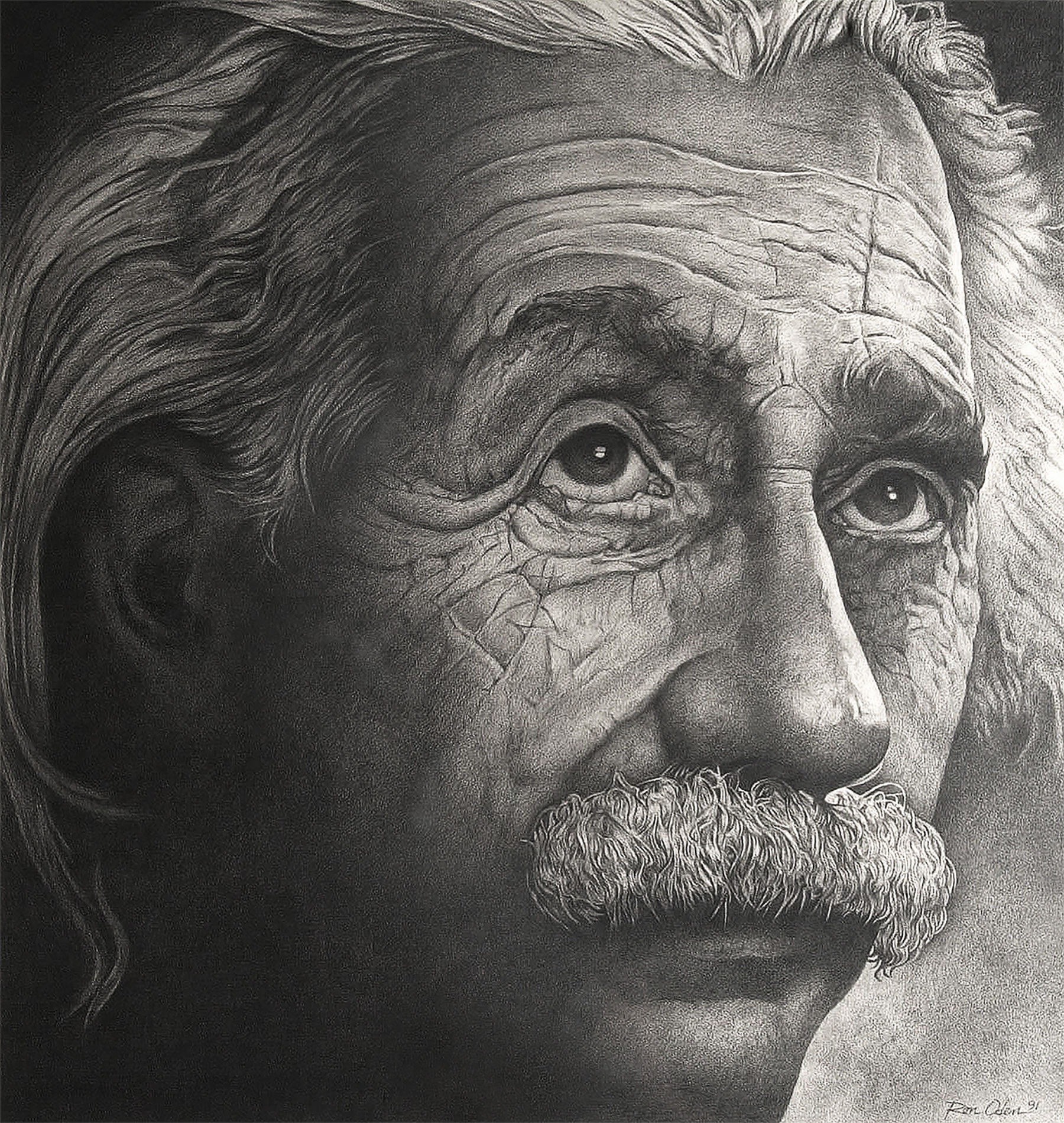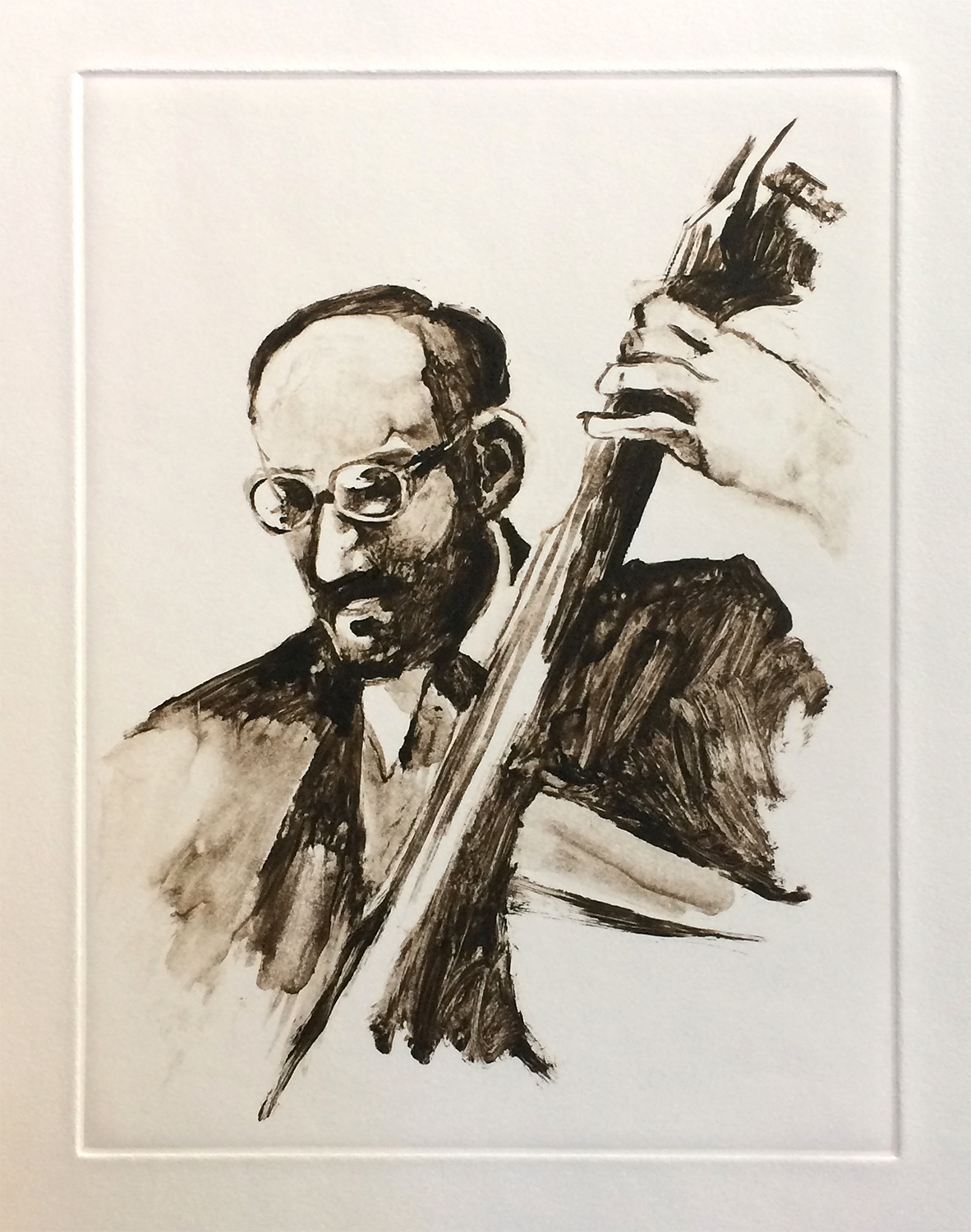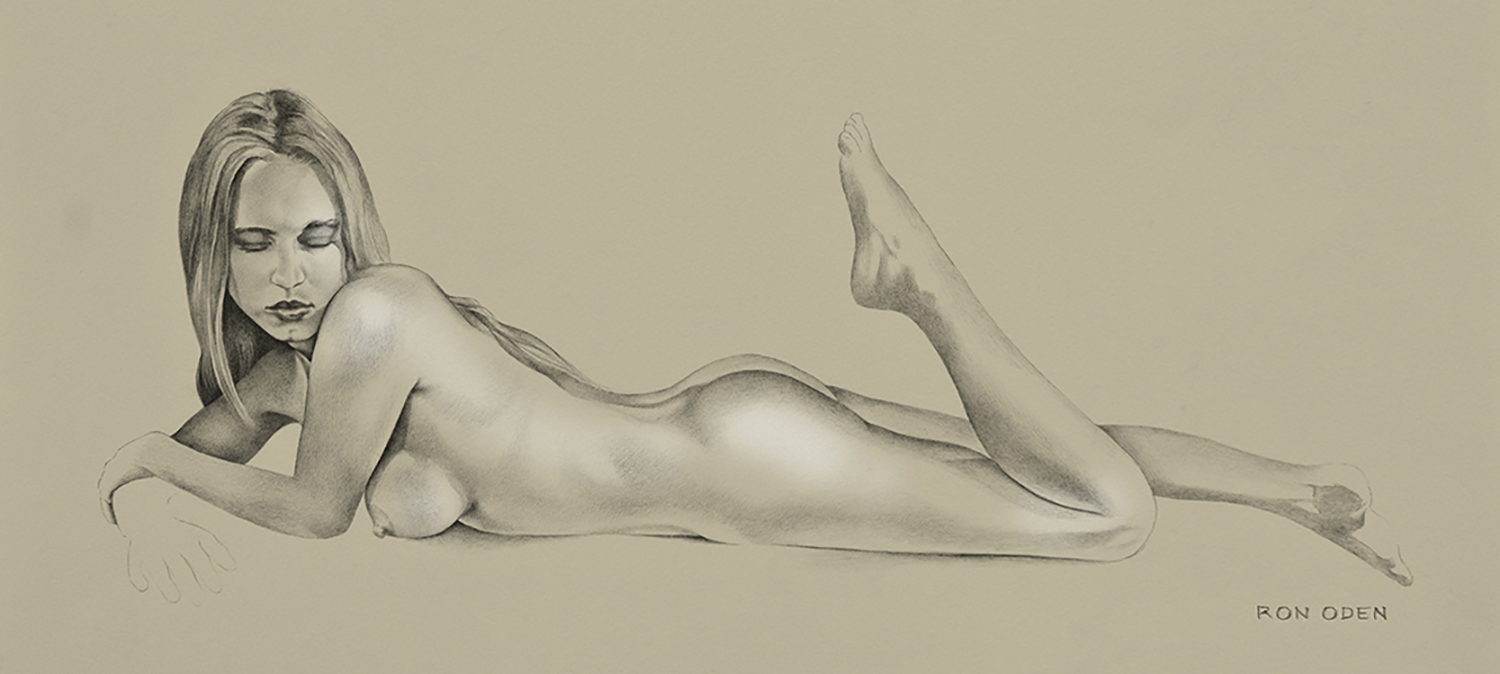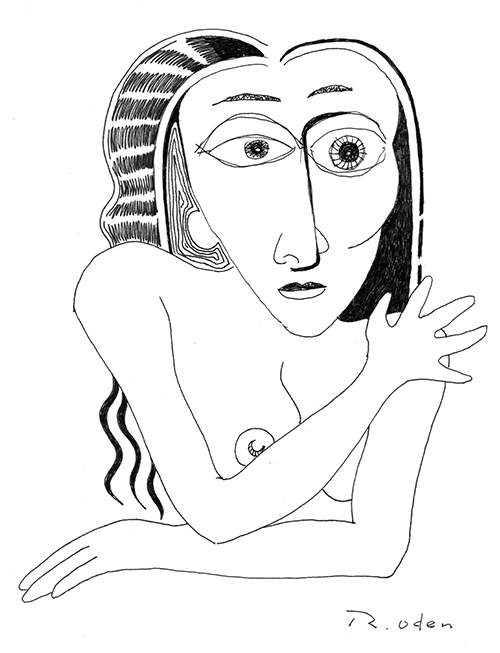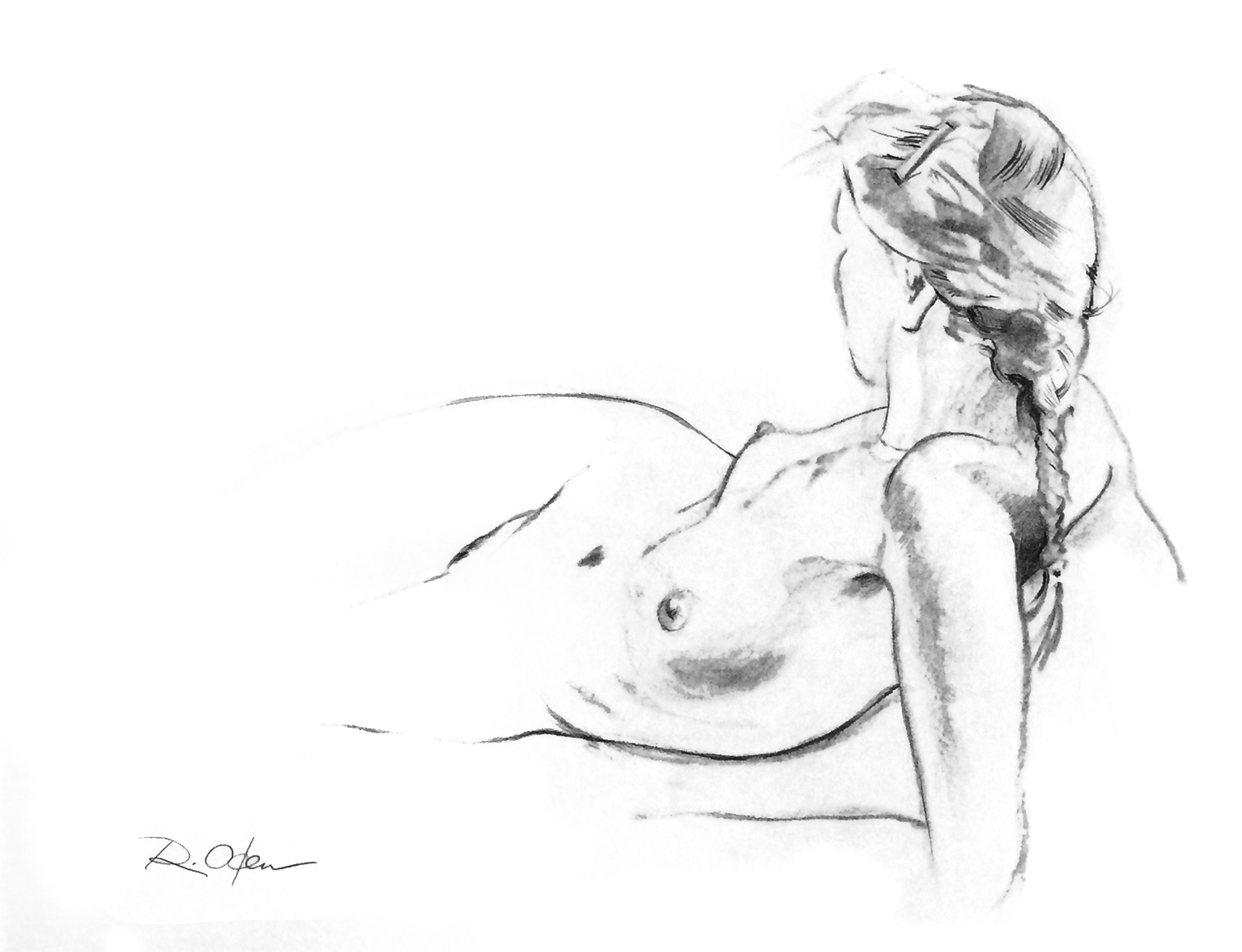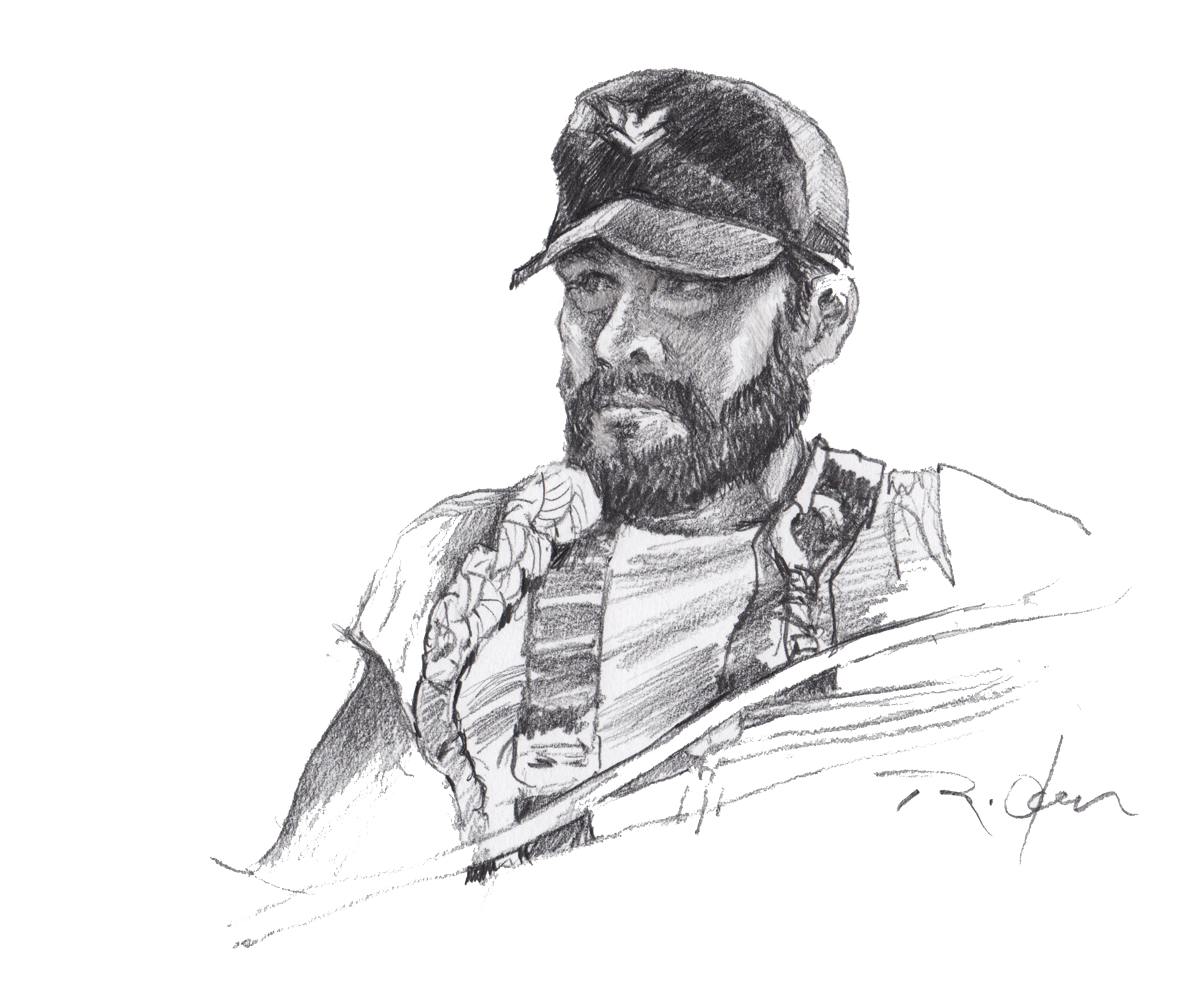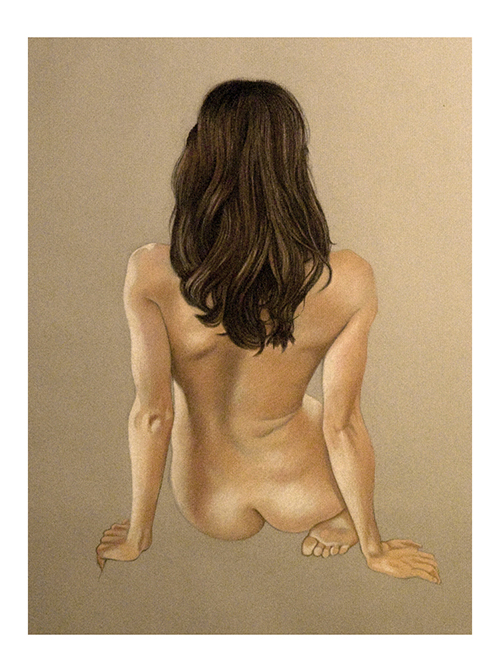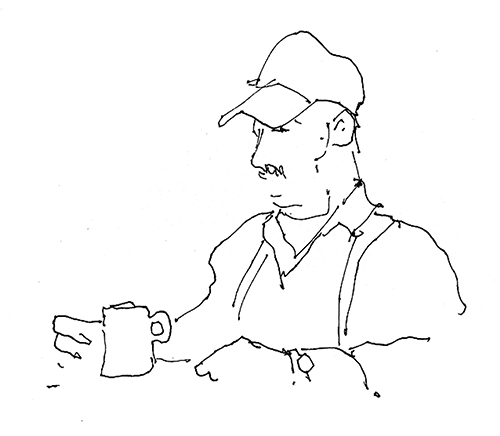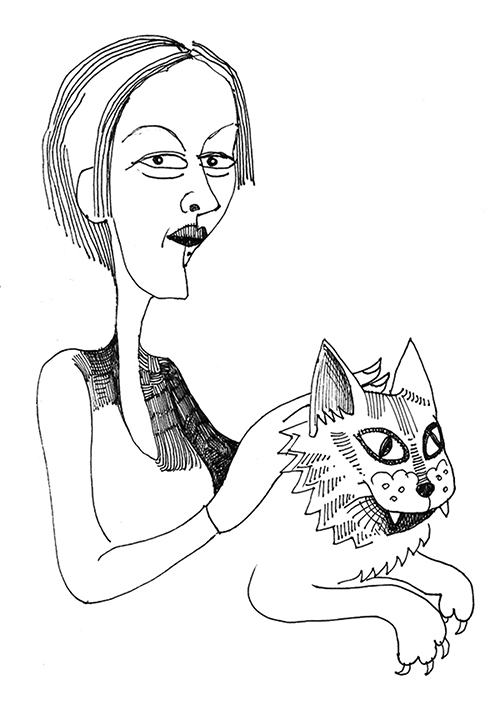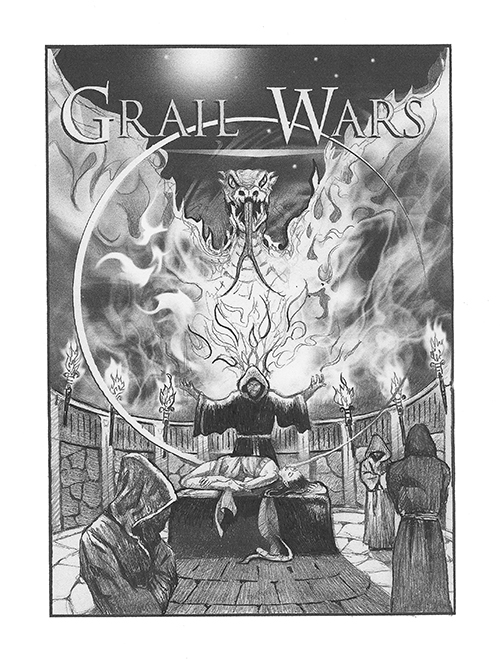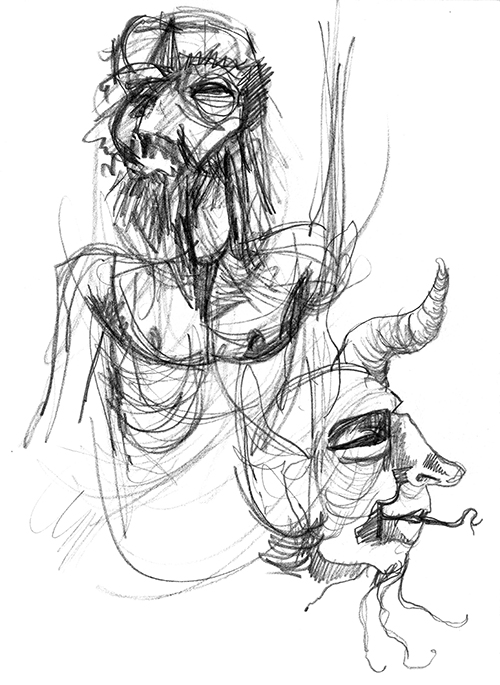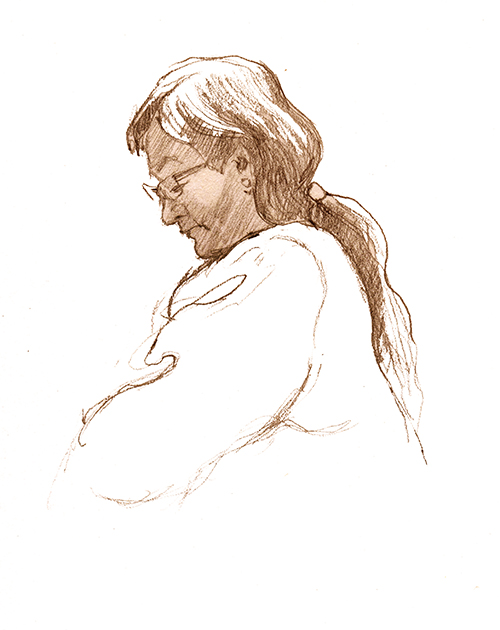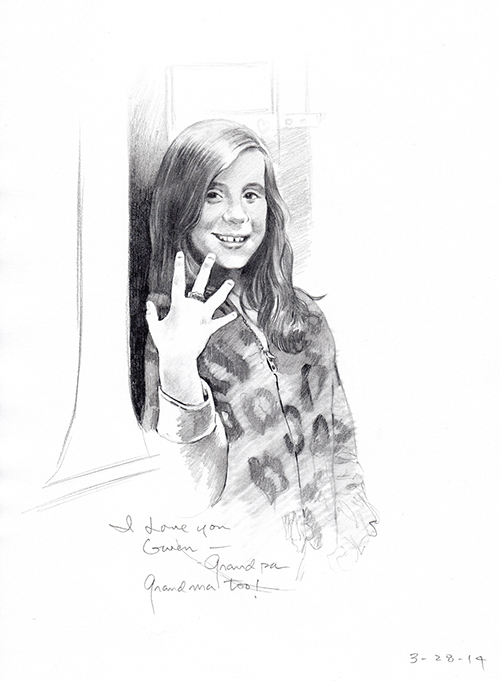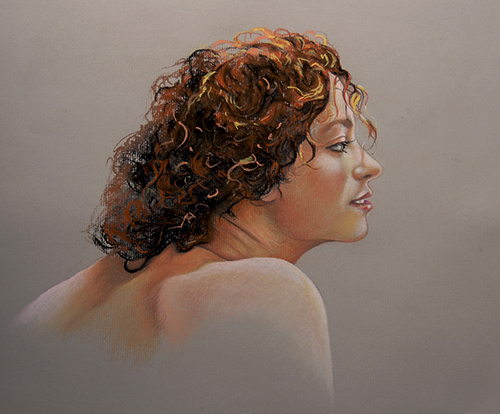Draw like a mad man…
Your work will be better if you actually are.
If you want to learn to paint, learn to draw. In fine art, everything begins with sketching! In fact, almost everything in the world begins with a sketch; we just don’t realize it. Learn to draw. The more you do, the better you will become. Before there were words, there were drawings. Drawing is arguably more important than painting. It remains true that the better one can sketch, the better one will paint. This is why it is so important for artists draw as much as possible, and if you can, draw every day.
So much is told from a simple line, such as, projection of energy, inflections of movement, attitude and expression of a mark. Sketching techniques enable you to describe sensitive and delicate textures of soft objects, allows you to define how rough a thing is, its movement, power or cadence. In drawing, every technique and effect you can devise to sketch derives first from your mind and flows from your pencil!
A drawing is a very beautiful thing to examine and study. A well sketched drawing is an extraordinary piece of communication, which invites us to partake of, and enjoy. Drawings are truly interesting!
I graduated from high school in 1971. Immediately, I signed up to attend El Camino Community College in Gardena, California. I could not afford more than junior college tuition. Furthermore, I was not carrying enough units there, and I was enrolled only in art classes. Consequently, I was selected for induction into the armed services in the draft of 1972. My lottery number was 17 (birth day September 2). To avoid being drafted into the Army, I joined the U.S. Navy. I did receive my draft notice, but I had already enlisted in the Navy, so the Army could not take me.
One of the classes I attended before shipping out to the U.S. Navy was a Life Drawing Class at El Camino. I attended several sessions at the beginning of the semester, but I soon found the class to be slow and unexciting; I, therefore, lost interest in the course about half-way into the semester. Instead of working through the class sessions, I decided to go down to the courtyard, drink coffee and talk with my art friends. I did this for several class sessions when finally, the class instructor decided to pay me a visit. Without attempting to conceal his tone of disappointment, he mentioned to me that finals were coming up, and I needed to submit 10 drawings as part of his final exam. Surprised by his directness, I froze for a moment thinking about what he had just said. After a moment or two longer, I looked at him and said “I will give you 50 drawings to critique.” The teacher first appeared surprised, then he formed a gradual grin of expression. With either doubt or delight, I’m not sure which, he slowly moved his head up and down, and commented back, “alright… alright…”, and he slowly walked away.
My friend continued to sit with me at the cold gray concrete table in the middle of the courtyard. Having witnessed the exchange, he just looked at me with concern. About twenty feet from the table were a small building with open doors; the student store where all the art materials were purchased from all of the students in the 3-story art building. I got up and disappeared through the doors. Fifteen minutes later, I brought out a roll of single Strathmore drawing sheets wrapped in brown paper along with a large bottle of brown Pelican ink, and set them on the table. I then focused my attention to the ground around the table and everywhere in the small little courtyard. My friend thought I was nuts! He did not need to say a word, his face told me what he was thinking. “What is he looking for?”
I knew, but he didn’t. Sticks… I was looking for sticks; sticks and small twigs. And there were plenty of them, mixed in the dirt and everywhere in abundance. They fell from the tall pine trees in the little courtyard. I gathered up a large handful of them, said good-bye to my friend, and disappeared with the twigs, the big roll of paper and the bottle of brown Pelican ink. I was headed to the second floor of the art building where my Life Drawing class was in session.
When I entered the large, plain concrete art room, some of my classmates stopped sketching from their tall metal easels and turned to see whom had entered. “Just me.” Maybe they were turning around for a momentary break from boredom, I thought.
The art teacher was slowly pacing in and out through the collection of easels occupied by their captive students, all sketching away.
I found my station and my assigned easel companion, cold and unattended to due to my lack of attention; my guilt convinced me. I stood my roll of paper sheets up on the concrete floor, and bent down to place the bottle of pelican ink and the sticks and twigs next to the paper. I walked to the stainless steel sink in the back of the room, found a small plastic bucket and filled it with water. Next, I found a paper coffee cup in a trash can by the sink, rinsed it out and brought both the bucket of water and the cup back to my drawing spot.
Immediately, I began to revise my workstation. My classmates monitored my actions in effort to learn just what it was I was doing, and before long; the curiosity of my teacher peaked as well.
More and more of my classmates began to observe my actions. I took my assigned easel by its seeming arms, lifted it, and moved aside and out of the way. I began to feel an emotional surge of energy inside of me from excitement, which grew and grew as I neared the beginning of trying this new something. With exuberance, I took and unrolled the paper and laid the sheets to my side flat on the concrete floor. I took the top sheet and moved it away from the others, positioning it in front of me, facing the model in the center of the room. Next to the paper sheet, I placed the small bucket of clean water, the pile of sticks and twigs and the Pelican ink. I knelt on the concrete floor like I was about to pray with the paper in front of me. I twisted off the cap of the brown sepia ink and poured an ample amount into the white paper cup, which I held in my left hand. I studied the model closely, with purpose and precision. She was a lean, earthen, beautiful brown-skinned woman with Indian features, and long hair, pulled into a bun. Her presence was strong and dignified.
I placed my right cupped hand in the tub of fresh, cold water, pulled some out and splashed it onto the large paper sheet in front of me. I smoothed the water over the paper surface, and quickly grabbed a stick from the pile, dipped it into my cup of ink; I began to draw with lightening speed.
My moves were intuitive. It was as if my entire body and limb were a brush. My eyes, locked on the model, sent information to my arms, hands and fingers, loosely, but accurately capturing the image of the subject in the middle of the room, and in great speed.
Aroused and curious, nearly all the class members stopped their work and came to watch me draw and observe my unusual technique. The sticks performed beautifully, and provided interesting and unpredictable textures and lines otherwise unthinkable.
I continued to draw with my sticks, until I produced a dozen or so pieces in less than half an hour. My experiment was an amazing success. However, there was something even more amazing about that very special afternoon. One-by-one, my classmates began disappear from their work stations and wander down to the courtyard to gather sticks, and purchase sheets of Strathmore paper and brown Pelican ink from the student store to carry up to the art room. That’s right, nearly everyone in the classroom that afternoon pushed their easels to the side, got down on the floor on their hands and knees and sketched with Pelican ink and water on paper with sticks. And to think that all of this happened on one afternoon because of an unimaginable, crazy and simple little technique shared by a fellow artist who felt a desperate need to break out of a common box.
My feelings of gratification for this experience remain with me today. And just so you know; I DID submit 50 drawings for my Life Drawing final. My instructor was well pleased, and he gave me an “A” in his course.
